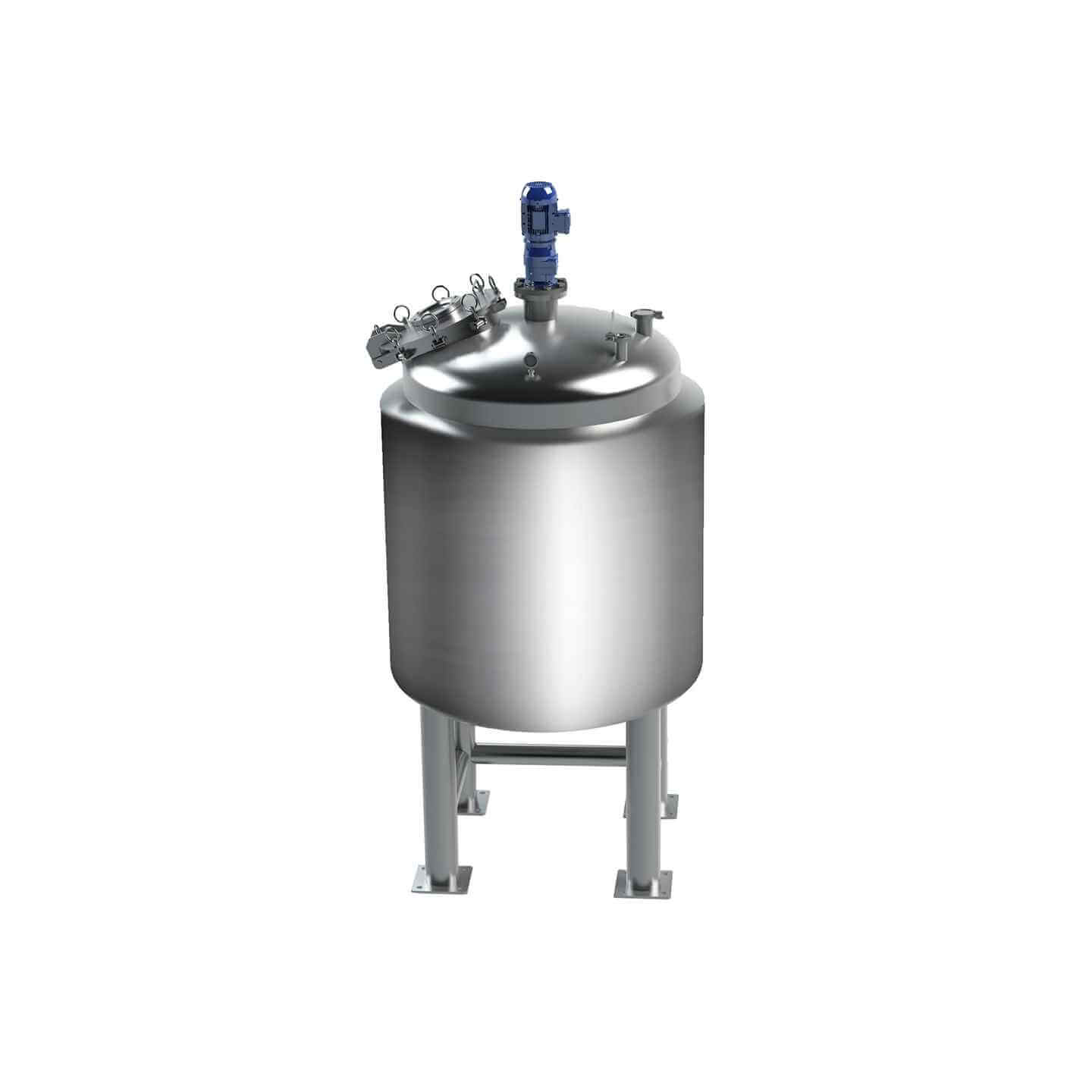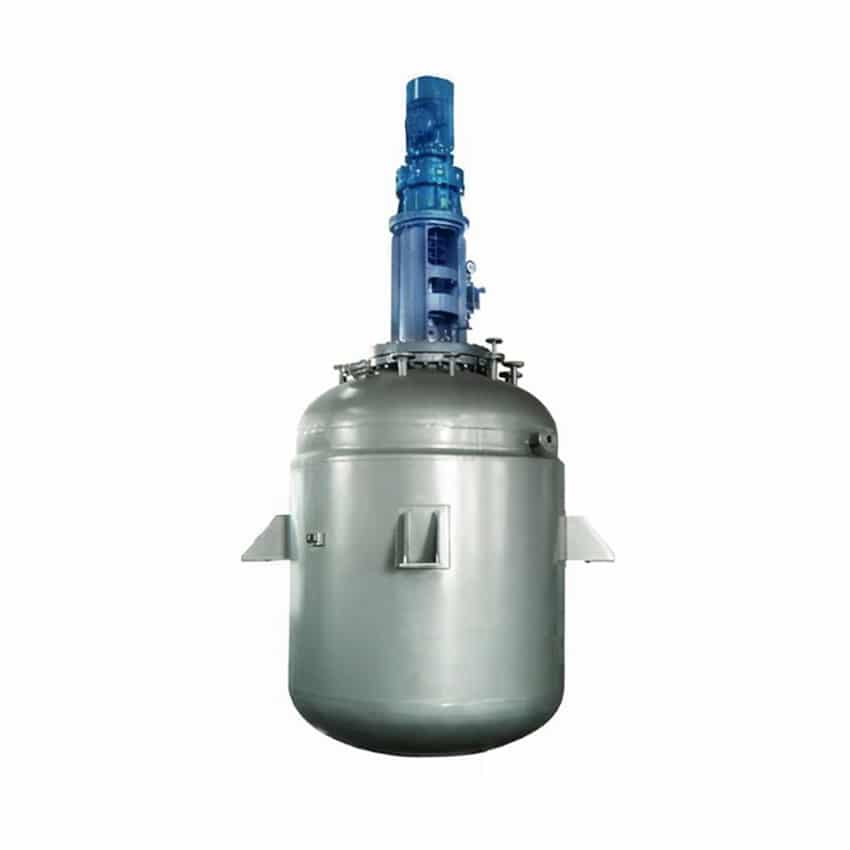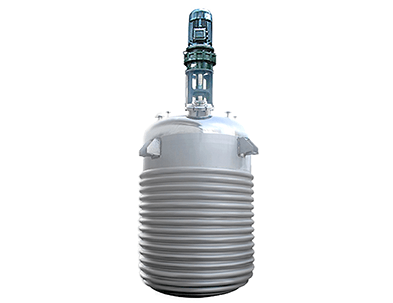

Jacketed Reactor
Jacketed reactor: used in the chemical industry, pharmaceutical industry and food industry, and other fields
Material
glass, stainless steel (316, 304), carbon steel, others
Capacity (L)
10-10000+
Mixing system
anchor, paddle, frame and others
Heating system
electric heating, oil heating and others
Jacketed reactors can be divided into steam heating reactors and heat transfer oil heating reactors according to different heating media, both of which are widely used in medicine, the chemical industry, plastics, rubber, building materials, food, and other industries. Corrosion, no environmental pollution, no need for automatic boiler heating, ease to use, and so on.
Request a quoteA jacketed reactor is one of the typical reaction equipment commonly used in the chemical, pharmaceutical, and food industries. It is a device that uses a stirrer to mix a certain volume of two (or more) liquids and liquids with solid or gaseous materials under a certain pressure and temperature to promote their reaction. The jacketed reactor is mainly composed of a stirring vessel, a stirring device, a transmission device, a shaft seal device, a support, a manhole, a process nozzle, and some accessories.

Design of jacketed reactor
The jacketed reactor slowly adds solid reactants under constant stirring to allow them to react or dissolve continuously to avoid precipitation. However, it is impossible to maintain the stirring speed accurately, so precipitation and coking will sometimes occur in the jacketed reactor, which will take a long time to complete the reaction.
In order to prevent the solid reaction materials from settling at the bottom of the reactor, a new jacketed reactor was designed. The basic design and heating method of the jacketed reactor remains unchanged. The main change in the design is to improve the bottom of the reactor. Because all problems are caused by solid reaction materials settling at the bottom of the jacketed reactor. The main solution then is to avoid settling even without mixing or stirring.
An auxiliary kettle bottom can be added to the jacketed reactor. The auxiliary bottom is slightly higher than the actual one, leaving a gap of 3 to 10 cm. The solid reactants will then settle on this auxiliary bottom without forming an insulating layer on the actual jacketed reactor bottom. Through the convection effect between the gaps at the bottom of the kettle, it is ensured that the heat transfer of the jacketed reactor will be continuous and uniform.
The auxiliary kettle bottom is made of high strength stainless steel (SS314) with many small holes, and the hole diameter is slightly smaller than the particle size of the reaction material. This screen is cut into a round shape with its edges bent downward for support. When the load of solid reaction materials is very heavy, a 5-10 cm wide metal ring can be added under the auxiliary bottom as a support. This can prevent solid materials from concentrating at the bottom of the jacketed reactor, causing overheating to cause carbonization of the materials and causing the product to become darker in color. Metal screens can be purchased from the market, and small jacketed reactors of 50 to 100 liters with various specifications can be designed and manufactured.
Jacketed reactor heating method
1.Use coal, wood, or oil to heat directly at the bottom.
2.Use an electric heating element to heat the outside or a circulating heat medium to heat inside the jacket.
3.The immersed coil is heated with hot oil.
The jacketed reactor is a common reaction equipment in chemical production. It adopts a jacket structure and has a mechanical stirring device inside the reaction vessel. The stirring device consists of a stirrer and a stirring shaft, and its form is usually determined by the process design. The transmission device is set up to drive the mixing device and is mainly composed of a motor, reducer, coupling, and transmission shaft. Its working principle is to react the reactants under high temperature and high pressure, and conduct heat transfer and cooling through the jacket. Together with accessories such as supports, manholes, and process nozzles, they form a complete jacketed reactor.




